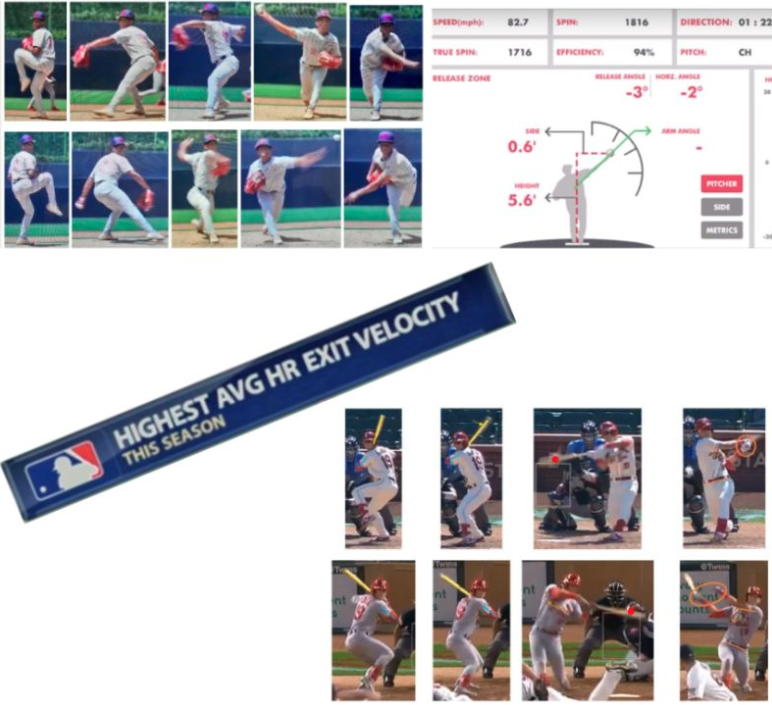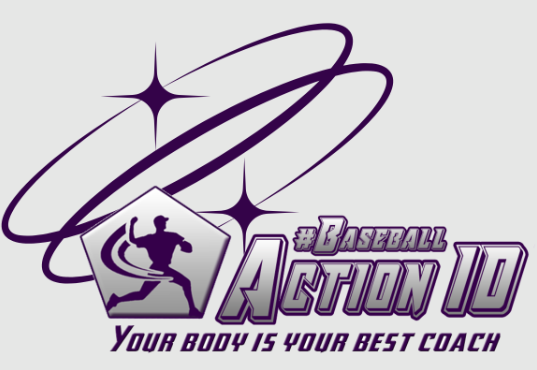The Shared Secrets of Motor Shoulders in Hitting & Pitching
Before diving into discussions about the ideal pitching mechanics and arm paths, or delving into concepts like spin rate and pitch shaping, there’s a fundamental aspect every coach and player should consider – the distinction between a Right Motor Shoulder and a Left Motor Shoulder.

To illustrate this crucial point, take a close look at the ambidextrous pitcher and the switch hitter in the pictures.
They perfectly demonstrate the differences in arm actions as Right-Handed Pitcher (RHP) and Left-Handed Pitcher (LHP) and the variations in their swing as Right-Handed Hitter (RHH) and Left-Handed Hitter (LHH). These disparities arise from their motor preferences, specifically the dominance of their right motor shoulder (in this example).
Why does it matter? Well, your motor shoulder dictates an athlete’s range of motion!
An LHP or LHH with a left motor shoulder tends to be shorter in the back and longer out in the front during their movements. Conversely, if they have a right motor shoulder, they’ll display a longer motion in the back and a shorter one in the front.
Now, let’s focus on the ambidextrous pitcher:
- As an RHP, his motion is shorter in the back and longer out in the front.
- As an LHP, he exhibits a longer motion in the back and a shorter one in the front.
Consider Edman, the hitter. He possesses a right motor shoulder, resulting in:
- As an RHH, he showcases a shorter motion in the back and a longer one in the front.
- As an LHH, his motion reverses, being longer in the back and shorter in the front.
As mentioned earlier, these distinctions stem from individual preferences and needs, ingrained in an athlete’s personality and motor skills from a young age. Coaches and trainers must recognize and accommodate these unique traits as they work with their players.
